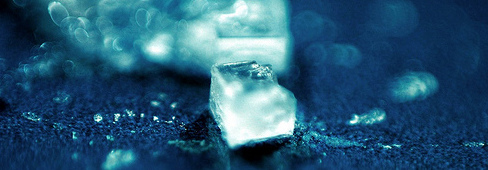As this year draws to a conclusion, and I look ahead to the coming changes in physics education (yes I’m looking at you college board and NGSS), I’m beginning to look ahead to how I might change what I’ve done to meet these new standards. Please note, I’ve only taught with Modeling Instruction for one year now, but maybe my fresh eyes will be beneficial in bridging the between the traditional modeling curriculum and what will be needed in the future courses.
Over the next few weeks, I’m hoping to add more posts to fill in more details, but here’s what I’m thinking so far the AP-1 Course:
Unit I: Scientific Methods/Intro to Modeling/Constant Velocity Particle Model
Paradigm Lab: Buggy Lab
Objective: to determine the graphical and mathematical relationship between position and time for a toy buggy.
Unit II: Constant Acceleration Particle Model
Paradigm Lab: Cart on incline plane
Objective: to determine the graphical and mathematical relationship between position and time for a cart moving down a ramp.
Unit III: Balanced Forces Particle Model
Paradigm Lab: Gravitational Field Lab
Objective: to determine the graphical and mathematical relationship between mass of an object and its weight
Unit IV: Unbalanced Forces Particle Model
Paradigm Lab: Modified Atwood Machine
Objective: to determine the graphical and mathematical relationship between Force, mass, and acceleration
Unit V: 2D Particle Model
Paradigm Lab: Ball Toss
Objective: to determine the graphical and mathematical relationship between horizontal position, vertical position, and time for a ball tossed through the air.
Unit VI: Energy Transfer Model
Paradigm Lab: Cart “Launch”
Objective: to determine the graphical and mathematical relationship between compression of a spring, maximum velocity, and maximum height of a cart launched up an inclined plane.
Unit VII: Momentum Transfer Model
Paradigm Lab: Cart Explosion
Objective: to determine the graphical and mathematical relationship between the ratio of velocities to the ratio of masses when two carts explode apart.
Unit VIII: Central Force Particle Model
Paradigm Lab: Orbiting Rubber Stopper
Objective: to determine the graphical and mathematical relationship between mass, radius, period, and tension.
Unit IX: Rotating Particle Model
Paradigm Lab: Atwood Machine with attached spinner bar
Objective: to determine the graphical and mathematical relationship between the torque caused by a falling object, mass on bar, the location (radius) of the masses on the bar, and the angular acceleration.
Unit X: Oscillating Particle Model
Paradigm Lab: Bouncing mass on spring
Objective: to determine the graphical and mathematical relationship between amplitude, mass, and spring constant with period.
Unit XI: Mechanical Wave Model (1D & 2D)
Paradigm Lab: Snakey Lab
Objective: to determine the graphical and mathematical relationship between pulse length, pulse amplitude, and tension with wavespeed in a snakey spring.
Unit XII: Charged Particle Model
Activities: Sticky Tape, build a circuit
Paradigm Lab: Dimmer Switch Lab
Objective: to determine the graphical and mathematical relationship between voltage drop and current for a light bulb and for a fixed resistor, each in a series circuit with a potentiometer.
